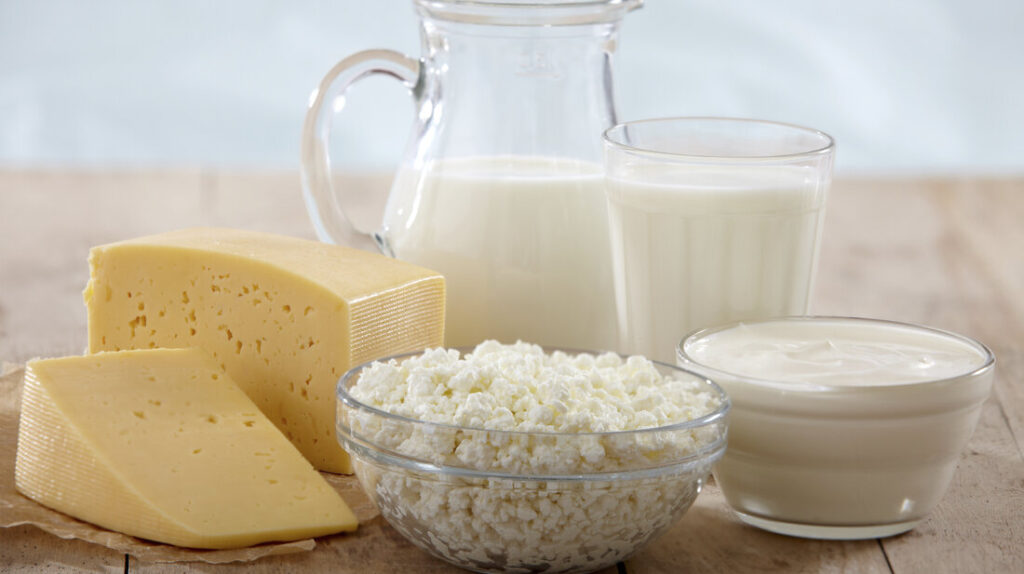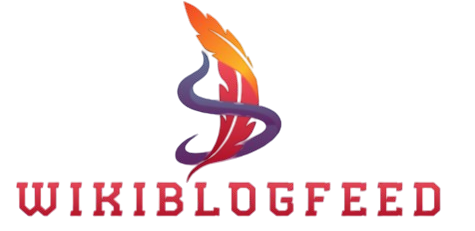
The milk carton has undergone significant transformations since its inception, progressing from traditional glass bottles to the convenient packaging we utilize today. The history of milk packaging can be traced back to the 19th century when milk was primarily delivered in glass bottles, which were both heavy and prone to breakage. This mode of delivery, while functional, created sanitary concerns and limited shelf life. It was during the early 20th century that pivotal changes began to reshape milk packaging.
In the 1930s, the advent of the paper milk carton marked a crucial turning point in packaging innovation. The introduction of these cartons offered numerous advantages, including being lightweight, unbreakable, and recyclable. The design simplified the distribution process and reduced the risk of milk spoilage. An important advancement occurred in the 1960s with the implementation of aseptic packaging technology, which allowed milk cartons to remain shelf-stable without the need for refrigeration. This innovation extended the shelf life of milk significantly and enhanced food safety, making it possible for consumers to enjoy fresh milk without immediate spoilage concerns.
As the dairy industry evolved, so too did the delivery systems for milk. With the decline of home delivery services, marked by changes in consumer behavior, the retail model for milk distribution rose to prominence. Today, milk cartons are frequently found in grocery stores, featuring various designs that cater to consumer preferences, including different sizes and functionalities. These contemporary cartons often utilize complex barrier methods to preserve taste and nutritional value, ensuring that the milk remains fresh throughout its shelf life. The evolution of the milk carton reflects broader shifts in packaging technology and consumer requirements, demonstrating its vital role in modern dairy sales.
Environmental Impact of Milk Cartons
The environmental implications of milk cartons are multifaceted, encompassing both positive and negative aspects. Milk cartons are primarily made from paperboard, often combined with layers of polyethylene and aluminum, designed to keep the product fresh. This combination, while effective for preserving milk, presents several environmental challenges. The production of these materials involves significant resource consumption, contributing to deforestation, greenhouse gas emissions, and extensive energy use.
On the positive side, milk cartons are recyclable. Many municipalities have established programs to collect and process them, allowing for the reuse of fiber in new paper products. The recycling of milk cartons can significantly mitigate the waste generated by their single-use nature. However, the effectiveness of recycling programs can be hampered by contamination from residual milk or other substances, thus highlighting the importance of proper disposal methods.
One of the finer points worth exploring is the carbon footprint associated with the production and distribution of milk cartons. The manufacturing process emits various pollutants, and transporting these cartons adds another layer of environmental burden. The hybrid structure of milk cartons, while improving their functionality, complicates recycling efforts compared to pure materials.
As consumers increasingly seek sustainable options, alternatives to traditional milk cartons are emerging. Innovations in packaging, such as biodegradable materials and reusable containers, are being explored. Additionally, advancements in technology are enabling the development of more sustainable materials that can maintain the integrity of milk while minimizing environmental impact.

In conclusion, while milk cartons serve an essential purpose in preserving milk and offering convenience, their environmental footprint raises critical questions. A balanced approach that emphasizes recycling and the exploration of sustainable alternatives is vital as we navigate the ecological challenges of the modern world.
Cultural Significance of Milk Cartons
Milk cartons serve a significant role in various cultures, transcending their primary function as mere containers for dairy. They have been depicted in countless forms of art, media, and literature, often symbolizing nourishment and domesticity. In modern visual arts, milk cartons are utilized to evoke feelings of nostalgia, reminding viewers of simpler times and childhood experiences. Artists have adopted the milk carton as a motif to represent sustainability, as many modern cartons are made from recyclable materials, reinforcing cultural narratives around environmental responsibility.
The representation of milk cartons in media has also diversified over the years. For instance, they have frequently appeared in advertisements aimed at promoting a healthy lifestyle. These marketing efforts highlight not only the nutritional value of milk but also its role as a staple in many households, reinforcing the societal norms surrounding dairy consumption. Moreover, the iconic imagery of a milk carton can be seen in various television shows and films, often utilized to evoke a sense of familiarity or evoke specific childhood memories.
Furthermore, the importance of milk cartons extends into cultural practices, particularly in educational contexts. In schools, milk cartons are often distributed to promote balanced nutrition among children, serving as an introduction to the benefits of dairy consumption. Classes may use these cartons as a tool for teaching about food groups, nutrition, and healthy eating habits. Through such initiatives, milk cartons have embedded themselves in the educational infrastructure of various societies, fostering an understanding of dietary choices from a young age.
Overall, the cultural impact of milk cartons cannot be understated. Whether through artistic expression, media representation, or nutritional education, they have become integral to the societal fabric, influencing perceptions and practices surrounding dairy consumption and healthy living.
The Future of Milk Cartons in a Changing World
As the global demand for dairy products evolves, the future of milk cartons is poised for significant transformations. One of the most notable trends is the growing popularity of plant-based alternatives to traditional dairy. Brands are increasingly responding to consumer preferences for non-dairy beverages, leading to innovations in milk carton design. These new products often require unique packaging solutions that not only preserve freshness but also align with the sustainable values of the target demographic.
Additionally, there is a notable shift towards reusable containers within the dairy industry. As environmental concerns gain prominence, many consumers are advocating for eco-friendly alternatives to conventional milk cartons. Companies are exploring models that support refillable packaging systems, thereby minimizing waste. This paradigm shift towards sustainability reflects a broader societal trend where consumers prioritize brands that demonstrate a commitment to reducing their ecological footprint. The development of standardized reusable milk carton designs may emerge as a viable solution, fostering a circular economy in the dairy sector.
Technological advancements in packaging are also expected to contribute significantly to the future of milk cartons. Innovations such as biodegradable materials and smart packaging could address concerns about waste and quality control. For example, smart packaging could help monitor the freshness of milk, providing consumers with better transparency regarding product longevity and safety. Furthermore, the integration of renewable resources in the production of milk cartons may reduce reliance on fossil fuels, thus supporting a more sustainable industry.
Consumer attitudes towards sustainability are critical in shaping the future of milk cartons. As awareness of environmental issues grows, companies may find themselves under increasing pressure to provide eco-friendly packaging solutions. This evolving landscape suggests that the milk carton industry must adapt to not only meet changing consumer preferences but also to anticipate the regulatory environment surrounding packaging waste. In summary, embracing these emerging trends will be essential for the long-term viability of the milk carton within the dairy market.
